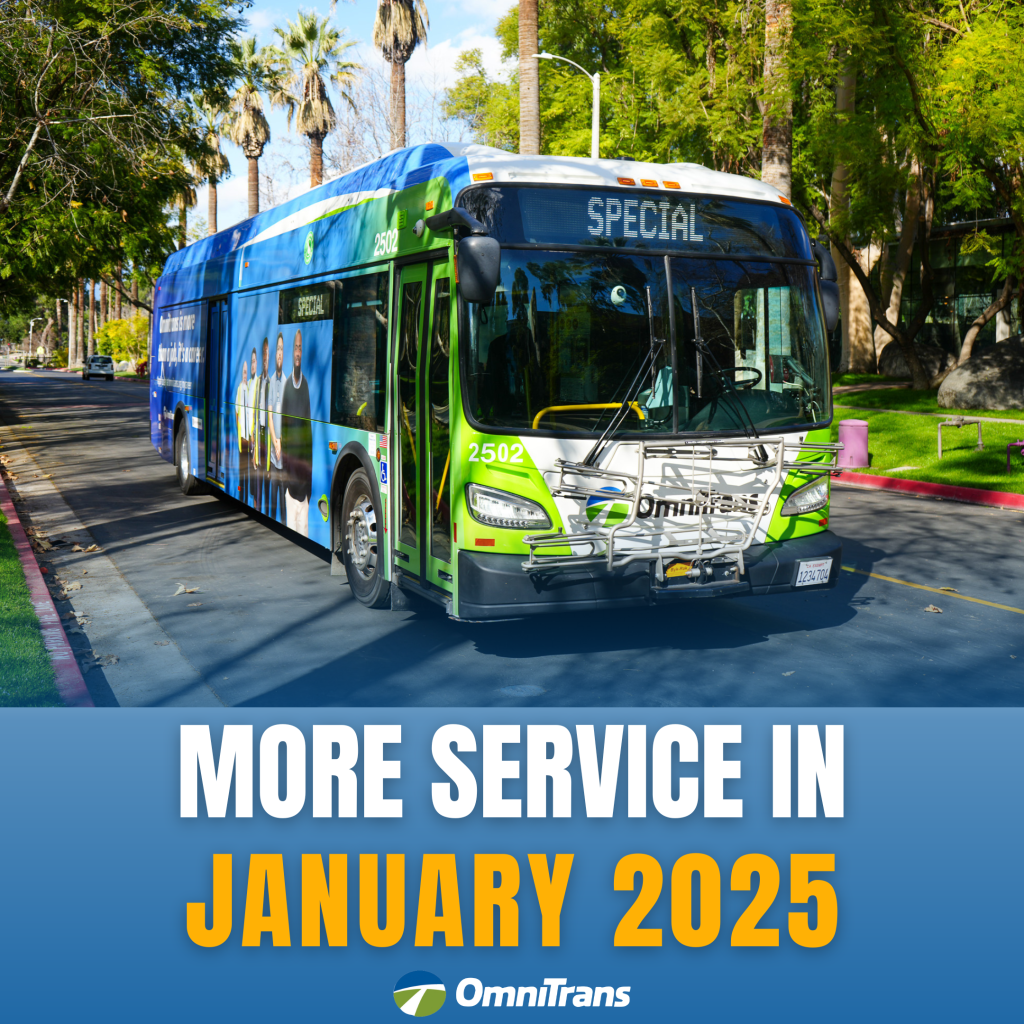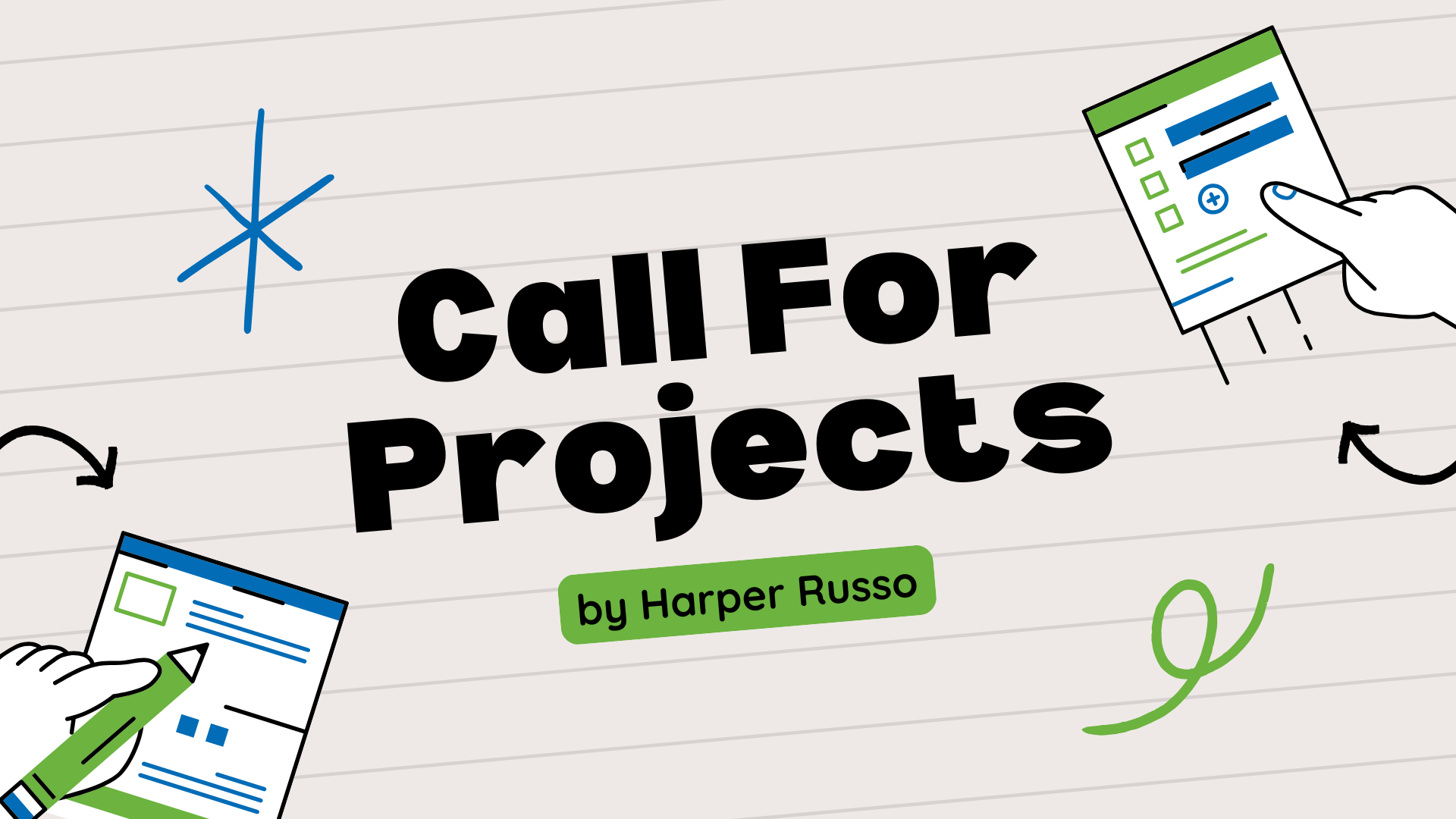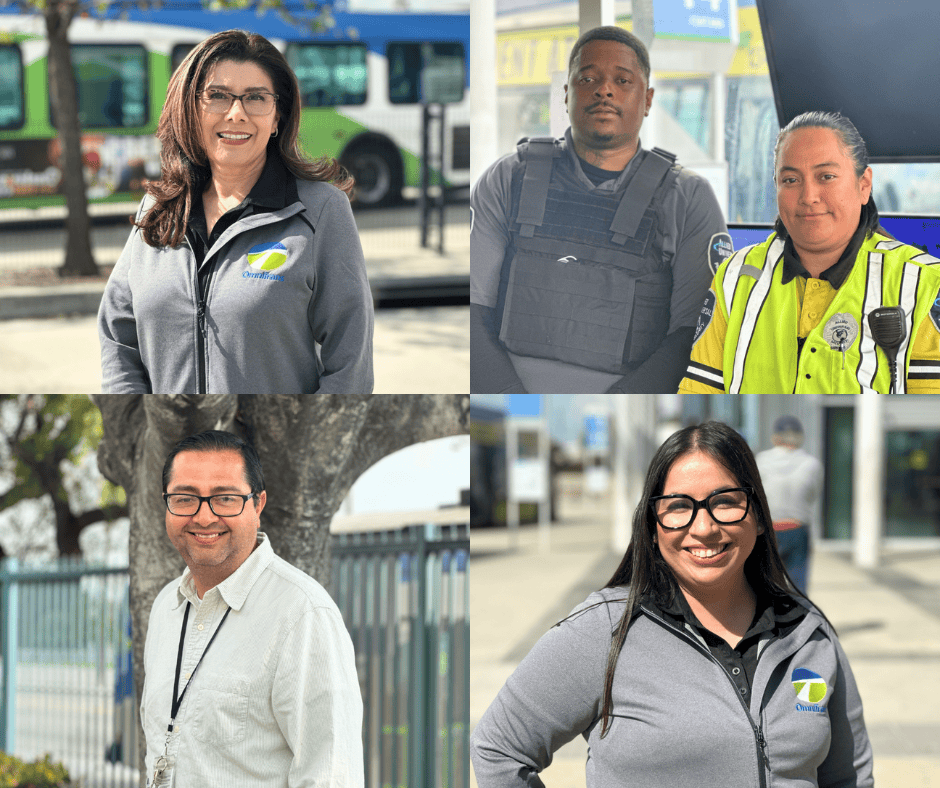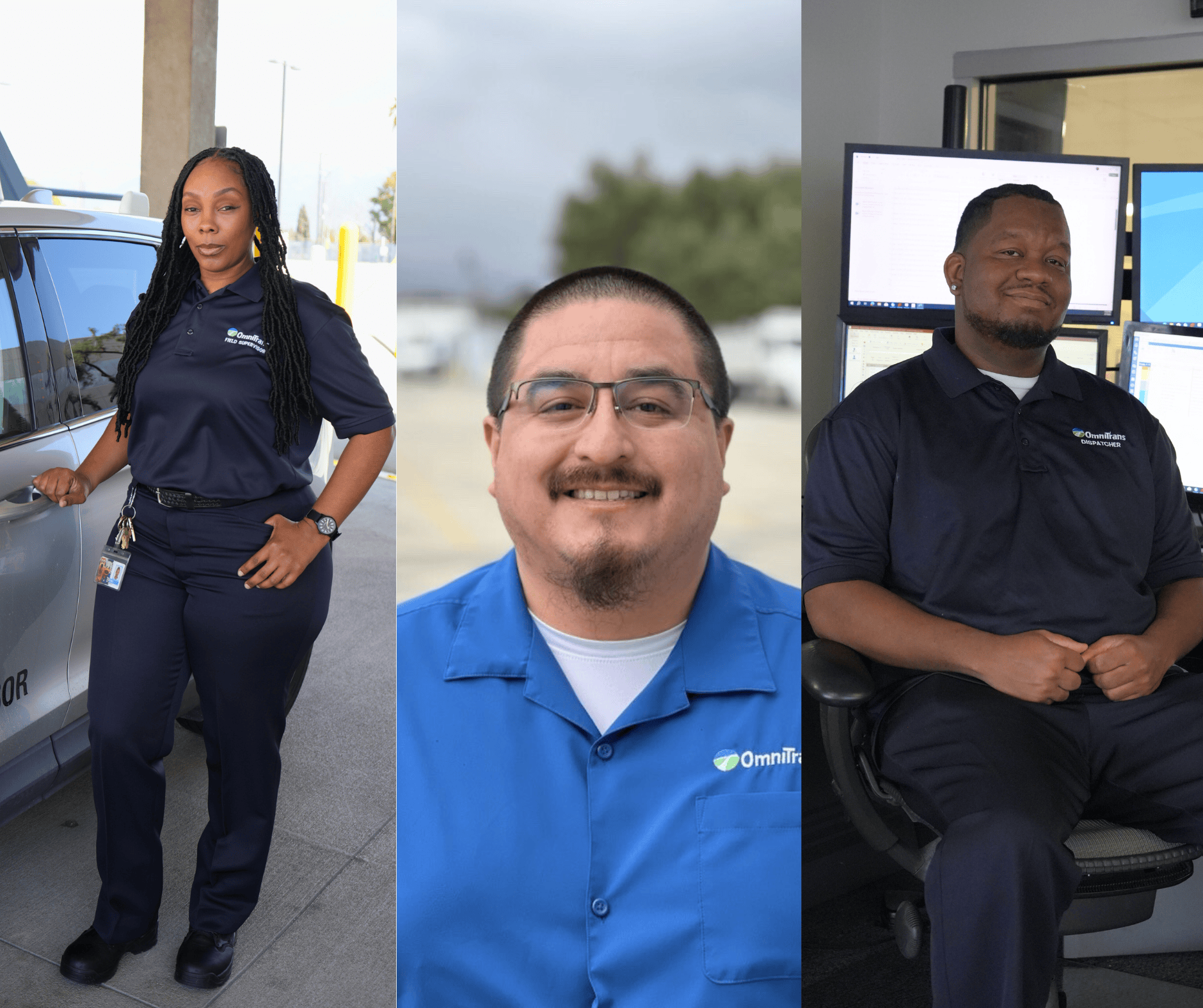More Service in January
December 9, 2024

Exciting Updates Coming to Omnitrans in January 2025!
At Omnitrans, we’re always looking for ways to better serve our community, and we’re thrilled to announce some exciting service updates coming in January 2025! These changes are designed to enhance your transit experience with more frequent service, updated schedules, and improved connections throughout the region.
Whether you’re commuting to work, heading to school, or exploring the Inland Empire, these updates reflect our commitment to providing reliable, accessible, and community-focused public transportation. Read on to learn how these changes will improve your ride with Omnitrans!
Service Returns To Routes
Great news – we are restoring service to several routes. Hooray! Routes 1, 3, 4, 14, 15, 19, 61, 66, 85, and sbX will have frequency added to at least one of their service days. See details for each route on the next page. We appreciate your patience as we worked through the pandemic and workforce challenges.
Major changes
Route 290
Express freeway travel is back with the resumption of Route 290! Route 290 travels between the San Bernardino Transit Center and the Montclair Transit Center, making limited stops at Arrowhead Regional Medical Center, and Ontario Mills Mall.
New Route Number
Route 67 has been renumbered to Route 367 and will be served by the minibuses that serve our 300-series routes. But don’t worry – Route 367 covers the same area, including Rancho Cucamonga and north Fontana, serving the same major destinations of Chaffey College Rancho Cucamonga, Rancho Cucamonga High School, Etiwanda High School, A.B. Miller High School, and the Fontana Metrolink.
OmniRide Bloomington Expansion
OmniRide Bloomington is growing! Sunday service has been added and hours of operations are expanding to 5:00 AM – 10:00 PM. (OmniRide Chino/Chino Hills and OmniRide Upland continue to operate Monday – Friday.)
Other minor changes:
Route 14 has minor adjustments to Sunday schedules. Route 66 has minor adjustments to Monday – Friday and Saturday schedules. Routes 82 and 380 have minor time adjustments for all days.
sbX Purple Line (West Valley Connector)
Construction will continue along Holt and the Pomona Transit Center, making way for the sbX Purple Line, Omnitrans’ next bus rapid transit (BRT) line. For up-to-date service information, follow X (formerly Twitter) @omnialerts for alerts. To learn more about the sbX Purple Line, visit gosbcta.com.



Share OmniNews